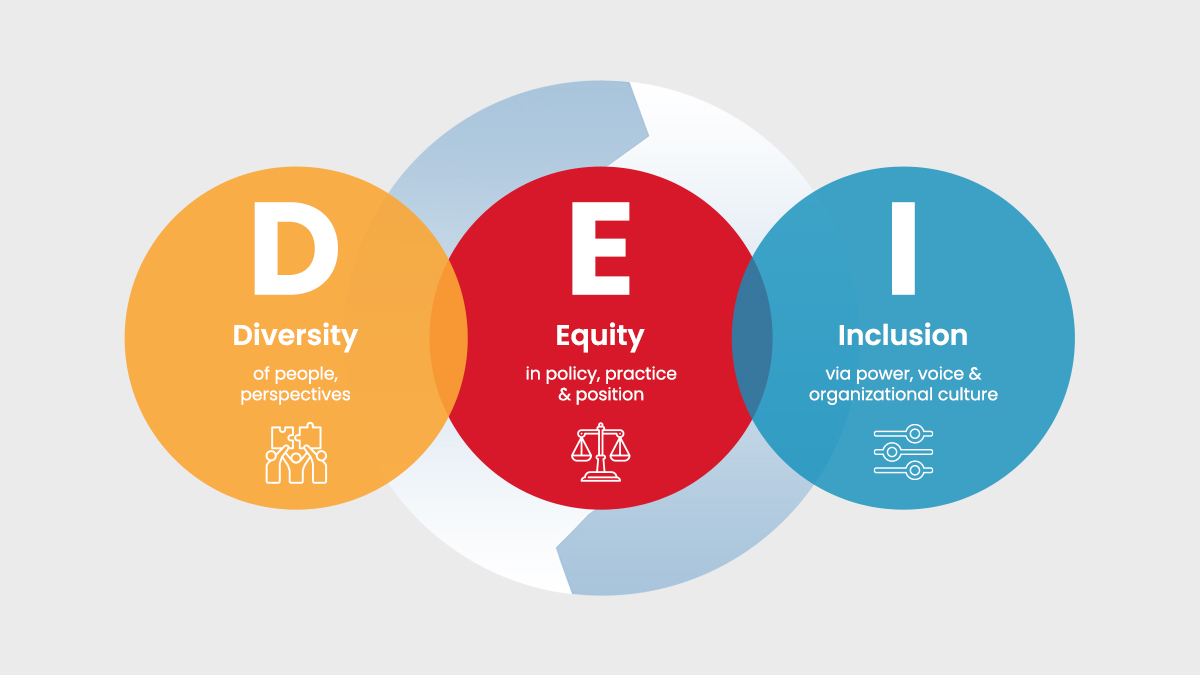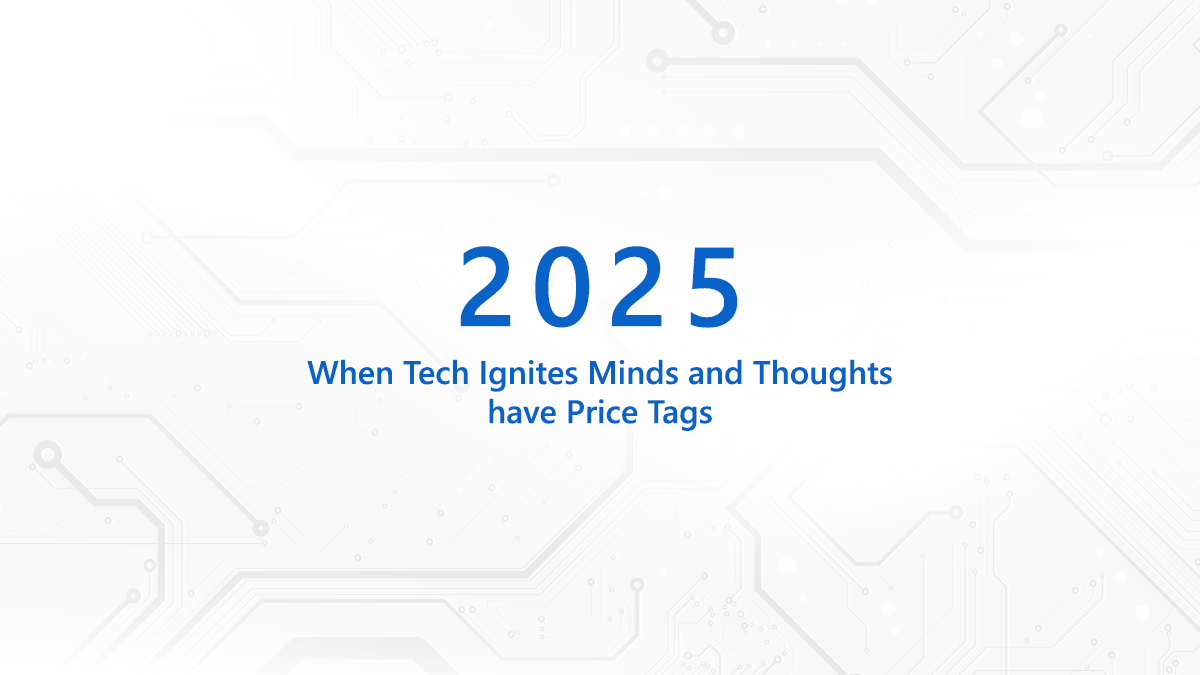Today, most of the ‘outbound’ activities have turned ‘inbound’. Both working and learning have stormed into our living rooms. We notice how academic learning has segued to the ‘online’ mode. Educational institutions are still shut for regular teacher-student interface. Admissions, too, have been largely deferred. This is a redefining phase for pedagogy where technology has been the disruptor cum enabler.

Globally, policy makers and universities have sensed an opportunity in the Covid crisis. The pandemic has created an intersection of disruption and uncertainty, prodding education administrators and universities to reimagine solutions and create new models that challenge traditional modes of admissions.
The riddle in our admission process
The youth of today is a different species- they breathe, consume and exhale digital. And, prefer the same digital mode for career planning and admissions too. You may be a student in New Delhi or New Jersey or Norway- nothing would cheer you more than how easily you walk into your dream institute or college. This is where online systems have scripted a transformative story. Yet, such systems have to evolve more to deliver in a changing landscape. And, the state machinery can effectively lead the path for non-state actors.
‘Digital oneness’ in admission is crucial given our dispersed education landscape. The plethora of colleges with the plurality of courses they offer makes the admission process fragmented. Delhi University, for instance, has 91 colleges affiliated to it, catering to enrolment of over 1.3 lakh regular students. Notably, Delhi University has set up a common portal to facilitate one-stop admission into all colleges affiliated to it. But this barely helps students across the spectrum as Delhi plays host to other universities like Jawaharlal Nehru University, National Law University, Jamia Millia Islamia, South Asian University, TERI University etc. and each of them has an exclusive set of admission processes, fee structure and curriculum.
The challenge here is the lack of convergence in the admission process. And, the pain is location agnostic- a student hailing from urban or rural area has to pass through the same grind of filling a multitude of applications.
Why students, the lack of a uniform admission process hurts the administrative bodies too. And, half-baked online solutions don’t help much. Like, we have the digitalized western world where some universities are still grappling with time devouring, error prone online processes.
A unified admission portal can define the future…
Bitten by the digital bug, many states have gone for a paperless admission process. While this partial automation has overcome many silos in the process, the desired uniformity is still elusive. Given our scattered admission landscape, the future rests on a unified admission portal to bring homogeneity. The right GovTech solutions can help states inch closer to it. To begin with, the public universities can be onboarded since despite their autonomous status, the government still has a grip on admission process, fee structure and hiring of faculty besides committing funds for infrastructure upgrade. Later, private and ‘Deemed to Be Universities’ can be added since their creation is enforced by state legislation.
Success Stories of Unified Admissions in Odisha & Bihar
To illustrate, Odisha with a unified portal has achieved uniformity in admission by bringing together all government, private and aided colleges as well as ITIs and diploma institutions. Its paperless and contactless solution- Student Academic Admission System (SAMS) is premised on a common admission brochure, single date of admission and a uniform merit list. Apart from Odisha, Bihar has rolled out the Online Facilitation System for Students (OFSS) - the one-stop portal for admissions.
If Odisha and Bihar can leap into the digital future of admissions, so can other states. By replicating SAMS like models, states can make the system more user friendly for all by injecting accuracy and reliability.
Paperless, GovTech interventions can lead admission into a new learning curve, thus defining the education ecosystem for tomorrow.
The author is Priyadarshi Nanu Pany, founder & CEO of CSM Technologies. This article was originally published on his LinkedIn profile: https://www.linkedin.com/pulse/eadmissions-powering-student-selection-zero-hassles-nanu-pany/


























































We will verify and publish your comment soon.